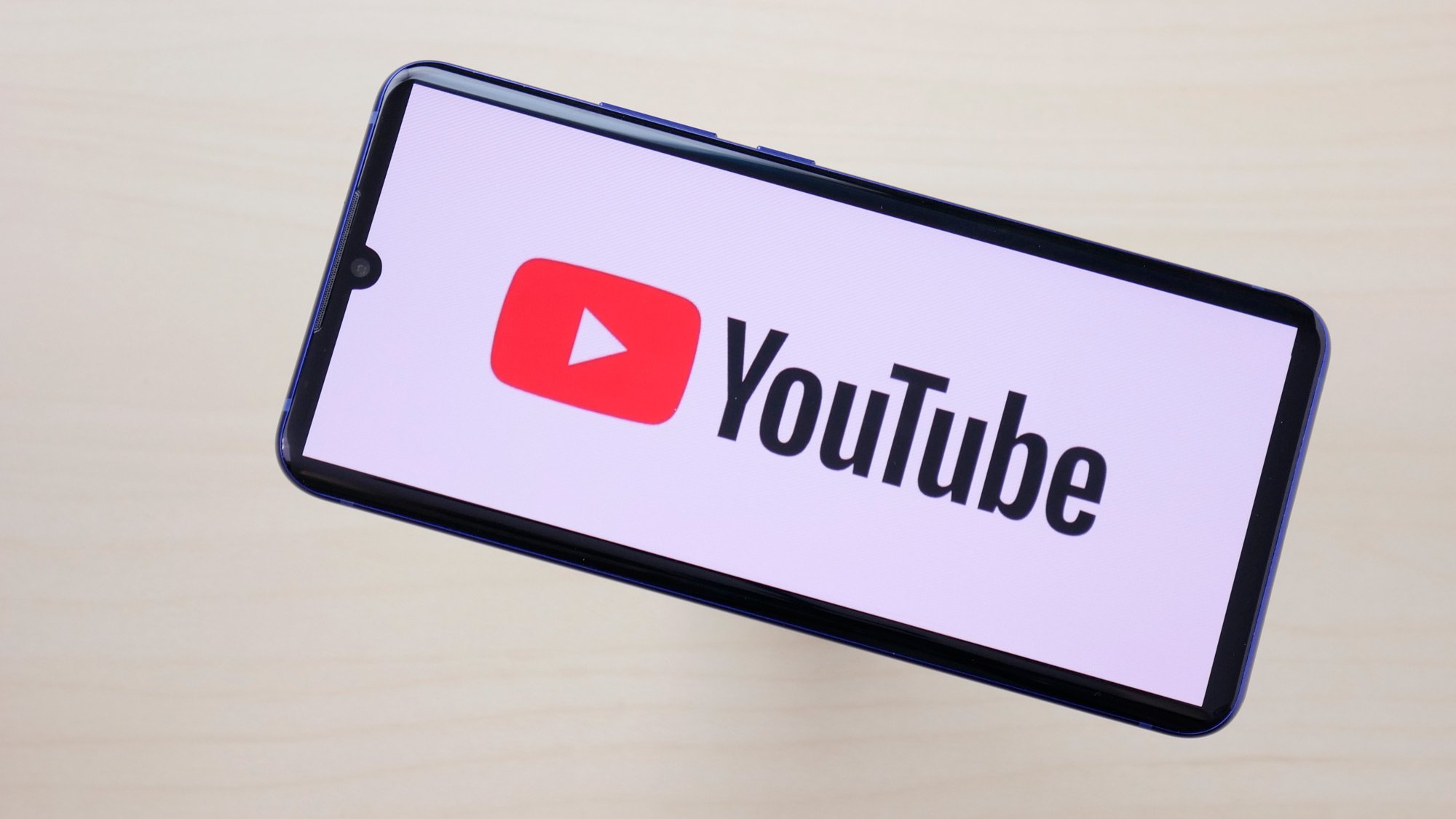YouTube is also looking at new ways to catch misinformation before it goes viral.
What you need to know
- YouTube is considering new measures to deal with misinformation.
- The video-sharing platform plans to disable the share button or "break the link" on videos that it limits in recommendations.
- Users may also soon see an interstitial before they watch a "borderline video."
YouTube is looking at new ways to tackle the misinformation challenge on its platform. As misinformation continues to spread widely, YouTube is looking at new ways to tackle the problem while preserving free expression on its platform.
To catch new misinformation before it goes viral, YouTube is considering additional types of labels that will be added to a video or atop search results for major news events. These labels will warn viewers that there's a "lack of high-quality information."
YouTube is also continuing to train its systems on new data by leveraging a more targeted mix of classifiers as well as information from regional analysts. YouTube is confident that this will allow it to be faster and more accurate at catching viral misinformation narratives.
Another challenge that YouTube currently faces is addressing sharing of "borderline content" outside of its platform. These are videos that do not violate YouTube policies for removal but that YouTube doesn't "necessarily want to recommend to people." One solution that YouTube is looking at is to disable the sharing option and break the link on such videos.
However, the problem with this approach is that it could restrict viewers' freedoms. An alternative approach that is being considered involves extending interstitials to borderline embedded or linked videos. The interstitials will warn users that the video may contain misinformation. YouTube already uses interstitials for violent, graphic, and age-restricted content.
Additionally, YouTube is partnering with experts and non-governmental organizations worldwide to "catch hyperlocal misinformation" and support local languages.
Source: androidcentral
